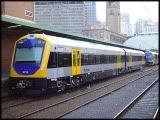Burning the Midnight Oil for Living Energy Independence

When looking at the famously mis-titled “Vision for High Speed Rail in America” map trotted out last year, showing those of state-planned High Speed Rail corridors that have already applied for and received official designation as High Speed Rail corridors … there are ghosts on that map.
The Ghosts of Trains Past, also known as the Amtrak long distance routes.
As discussed on November 8th of last year in Rescuing the Innocent Amtrak Numbers from SubsidyScope, some of these ghosts are healthier than others. One of the ones in the most dire shape is the Cardinal, responsible for the only line on that map that enters either West Virgnia or eastern Kentucky.
Why it does so badly, and how it might be fixed up a bit, after the fold.

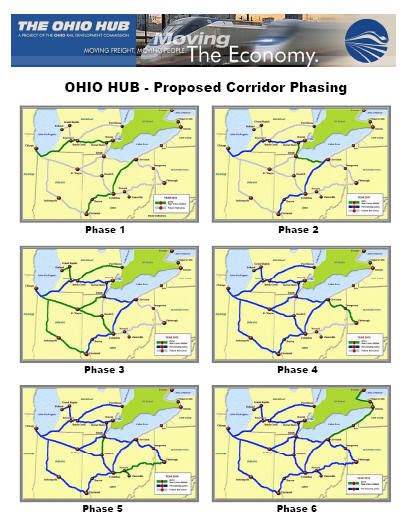 Today’s Sunday Train is focusing on attacks that have been launched against Ohio’s 3C plan, which was granted $400m in the HSR round of Stimulus II grants. There are attacks from Republicans, engaged in their usual games of negotiating in bad faith and basing critiques on focus group testing of talking points rather than substance. There are attacks from “transport experts”, calling for all of our HSR spending to be focused on the coasts with no systems developed to serve the needs of flyover country.
Today’s Sunday Train is focusing on attacks that have been launched against Ohio’s 3C plan, which was granted $400m in the HSR round of Stimulus II grants. There are attacks from Republicans, engaged in their usual games of negotiating in bad faith and basing critiques on focus group testing of talking points rather than substance. There are attacks from “transport experts”, calling for all of our HSR spending to be focused on the coasts with no systems developed to serve the needs of flyover country. I’ve been like a hare chased by a hound this weekend, darting this way and that, so while I’ve got a lot of topics I could be writing on, I’ve got nothing coherent for a full fledged diary. So this week will be bits and pieces and this and that.
I’ve been like a hare chased by a hound this weekend, darting this way and that, so while I’ve got a lot of topics I could be writing on, I’ve got nothing coherent for a full fledged diary. So this week will be bits and pieces and this and that.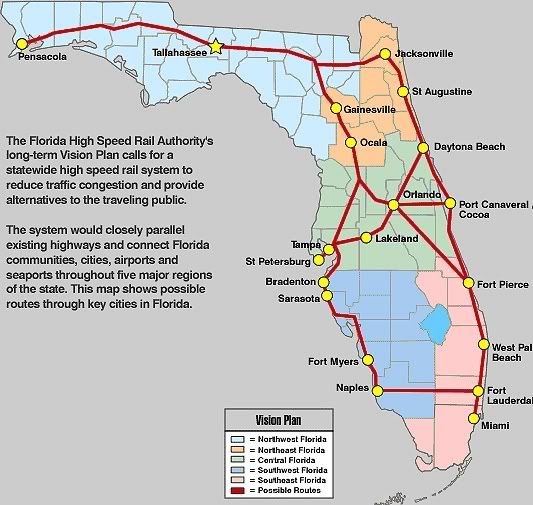 Disclaimer: Nothing said here should be taken to imply that airport/train connections are the primary transport task for either light rail, mass transit, conventional intercity rail, or high speed intercity rail. In other words, the focus of an essay in a regular weekly series on one particular topic does not imply anything along the lines of “most important thing”.
Disclaimer: Nothing said here should be taken to imply that airport/train connections are the primary transport task for either light rail, mass transit, conventional intercity rail, or high speed intercity rail. In other words, the focus of an essay in a regular weekly series on one particular topic does not imply anything along the lines of “most important thing”. Huh, seems me that whatever the state of my various concerns, the agenda of the Sunday Train has been taken over by the White House … funny how announcing the recipients of a total of $8b will do that.
Huh, seems me that whatever the state of my various concerns, the agenda of the Sunday Train has been taken over by the White House … funny how announcing the recipients of a total of $8b will do that.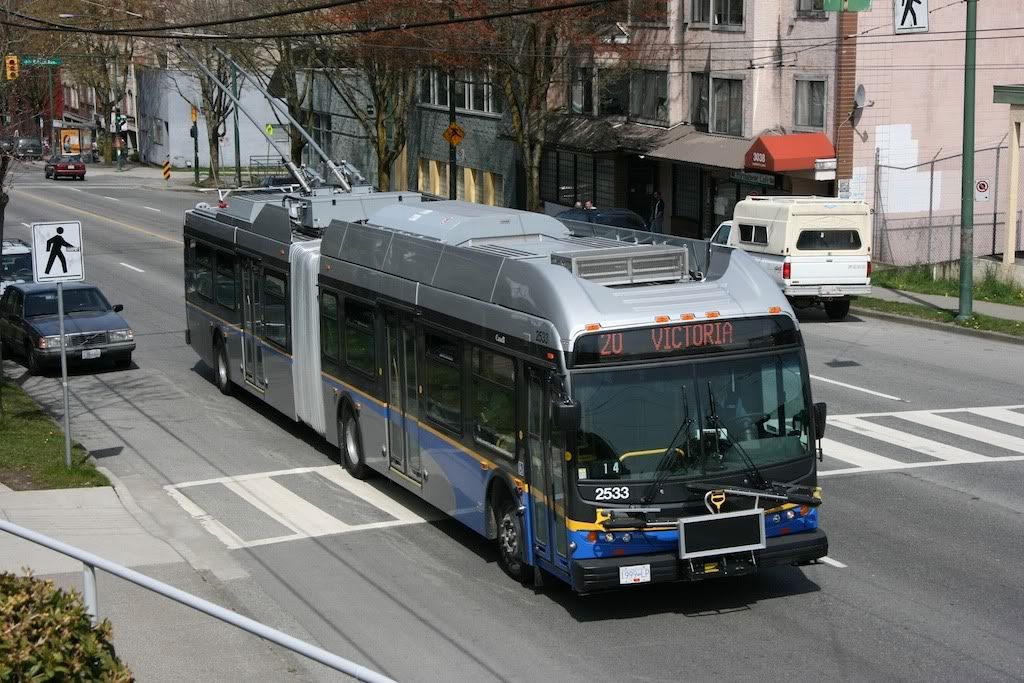 Note that the statement is abbreviated for the title. The full statement is, a common carrier like a train, bus, or plane that running a profit based on passenger revenue while paying its full operating and capital cost is charging too much for its tickets.
Note that the statement is abbreviated for the title. The full statement is, a common carrier like a train, bus, or plane that running a profit based on passenger revenue while paying its full operating and capital cost is charging too much for its tickets.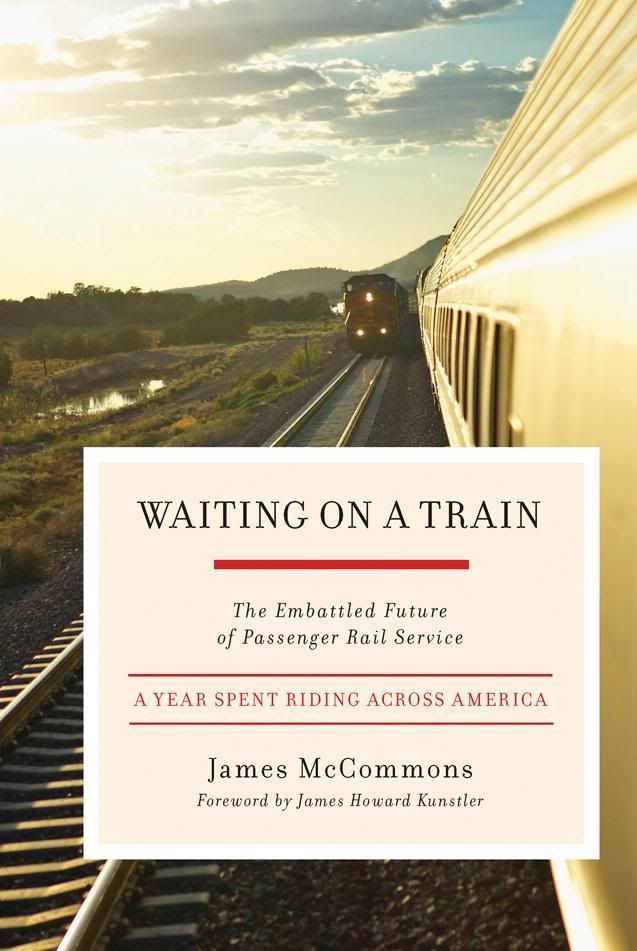 Flying home from the Economist’s national conference Atlanta (see note1) my brilliant entertainment plan to pass the day lost flying home from Atlanta fell apart.
Flying home from the Economist’s national conference Atlanta (see note1) my brilliant entertainment plan to pass the day lost flying home from Atlanta fell apart.
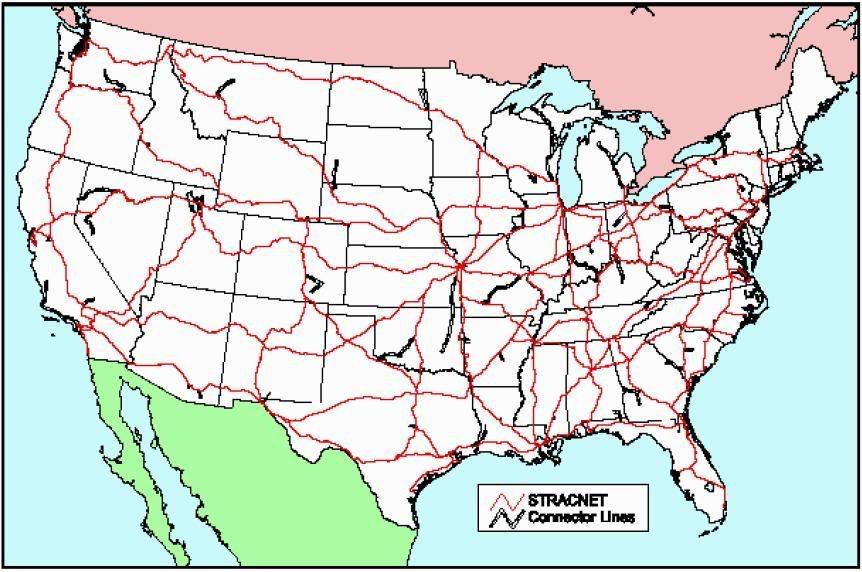 The
The 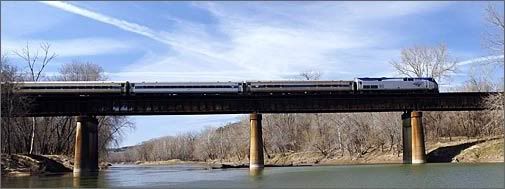 A few weeks back,
A few weeks back, 



